How to Shoot the Moon Using a DSLR: Step-by-Step Tutorial (Including Editing)
Introduction
Photographing the moon can be a rewarding experience, offering a chance to capture the serene beauty and intricate details of our celestial neighbor. Whether you’re an amateur photographer or a seasoned pro, understanding the right gear and techniques can make a significant difference in the quality of your shots.
In this guide, we’ll walk you through the essential gear, settings, and tips for capturing stunning moon images. We’ll cover everything from choosing the perfect lens to fine-tuning your camera settings and avoiding common pitfalls.
We’ll also be covering the editing process in detail via a 20 minutes long video where I will be showing you how to edit moon pictures in Lightroom.
Also, this tutorial assumes that you know how to shoot in the manual mode and are aware about how settings like Shutter Speed, Aperture and ISO work together. If not, you can always check out our Photography for Beginners Course, which will make you master you camera in no time.
Gear You Need to Shoot the Moon
To capture stunning images of the moon, you’ll need a few key pieces of gear:
A DSLR or Mirrorless Camera
Both DSLR and mirrorless cameras can do the job. While even budget models work, it’s recommended to use a camera with a good sensor to minimize noise in the shadows, which is especially important when capturing detailed shots of the moon.
A Telephoto Lens
This is the most crucial piece of equipment. While some may suggest that a lens with a focal length of 200mm is sufficient, my experience suggests otherwise. To truly capture the moon’s craters and surface details, you need a lens with a minimum focal length of 400mm. The closer you can get, the better the results. A lens with a longer focal length will allow you to bring out the intricate textures on the moon’s surface, which otherwise may appear flat. Personally, I love using the Tamron 150-600mm lens because it allows me to get as close as possible to the moon, ensuring I capture all the fine details.
To understand this, see the image below:

The image above was clicked using a 70-200mm f2.8 lens at 200mm. You can see how small the moon appears. Yes, you can always crop it to get closer but you will lose a lot of resolution, thereby making the image softer. And that will also mean not enough details are seen on the surface of the moon.
Now look at the image below:

This was shot using the Tamron 150-600mm lens at 600mm and you can immediately see that the moon appears bigger in the frame and the details can be seen much more clearly. Yes, this will need cropping too but the loss in resolution and detail will be significantly lesser.
Let me show you the cropped and edited versions of some shots I have taken at 600mm:


You can see that since the base image had provided us a bigger moon (because of the larger focal length), the final result after cropping still maintains the details.
In fact, in the last section in this article, I will be showing you how I edited the shot above from scratch.
You can either invest in a super-telephoto lens or use a teleconverter with a regular zoom lens to achieve the necessary focal length. A teleconverter is a cost-effective alternative that multiplies your lens’s focal length. For example, a 2x teleconverter doubles the focal length, turning a 200mm lens into a 400mm lens.
These lenses can be expensive, so renting one might be a more affordable option if you don’t plan on using it frequently.
Tripod
A sturdy tripod is essential, especially if you’re using a large telephoto lens. Even the slightest movement can cause your camera to wobble, which can blur your shot. A solid tripod allows you to keep your shutter speed lower, reducing the need to increase ISO and thereby minimizing noise in your images.
Remote Shutter Release
Using a remote shutter release is a good idea since, at such large focal lengths, even the slightest touch can introduce camera shake. A remote allows you to trigger the shutter without physically touching the camera, helping to keep your shots sharp.
How to Shoot the Moon
Once your gear is set up, follow these steps to capture a great shot of the moon:
1. Dial in the Camera Settings
- Shutter Speed: 1/125
- Aperture: f/8 to f/11
- ISO: Around 200
Also, make sure you are shooting in RAW, so you have enough bit-depth to correct issues in post-processing. Because if the issues (like over-exposure or under-exposure) are extreme, then editing a JPEG can be tough since JPEG is a compressed file. For instance, the RAW file from a Nikon camera is 14-bit and a JPEG is only 8-bit. A higher bit-depth allows for easier editing.
2. Zoom In
Set your lens to the maximum focal length available. Getting as close as possible to the moon is key to capturing its surface details.
3. Focus
Start by attempting to auto-focus. Most cameras can auto-focus on the moon because it’s bright enough. If your camera struggles, switch to manual focus and set the focus to infinity.
4. Take the Shot
Keep the following points in mind:
Prevent Camera Shake: Pressing the shutter button can introduce camera shake, especially at high focal lengths. To avoid this:
- Use a Remote Shutter Release: This is the best way to prevent camera shake.
- Use the Self-Timer: If you don’t have a remote, set a 10-second self-timer. Before fully pressing the shutter button, half-press it to lock focus. Once focus is locked, press the shutter button all the way down. The 10-second delay allows the camera to stabilize, minimizing any wobble before the shot is taken.
5. Review Your Shot
After taking the shot, zoom in on the image to inspect the moon’s surface texture. The details should be clear, and the exposure should be balanced. The moon shouldn’t be too dark or overly bright. If the shot needs adjustment, change the shutter speed slightly depending on whether you want more or less light to come in the camera. Don’t touch the other settings.
Even if the exposure is slightly off, it’s alright, since you are already shooting in RAW, so you can easily correct the exposure in post.
But what should NOT be off are the details. Because if the focus was not correct, you’ll get results like the ones below:

This can also happen because of camera shake. Such a shot can’t really be corrected even in post-processing, so make sure you avoid soft images like this one.
Hopefully, you’ve been able to get a nice shot. Now let’s see how to edit it.
How to Edit Moon Photos in Lightroom (Video)
Watch our 20 minutes tutorial which shows you how to edit moon photos in Lightroom Classic. You can use the same method in Lightroom Mobile or in Camera Raw (Photoshop):
Conclusion
So that’s it. I hope this tutorial helps you in not only shooting the moon, but in the post-processing part too.
Like mentioned before, don’t forget to check out our Photography for Beginners Course, which has 45 videos and is available via Udemy.
We also have a lot of other courses, including courses on editing and post-processing in software like Photoshop, Lightroom, GIMP, Snapseed and so much more. You can check out our full course catalog by clicking here.
Happy shooting!


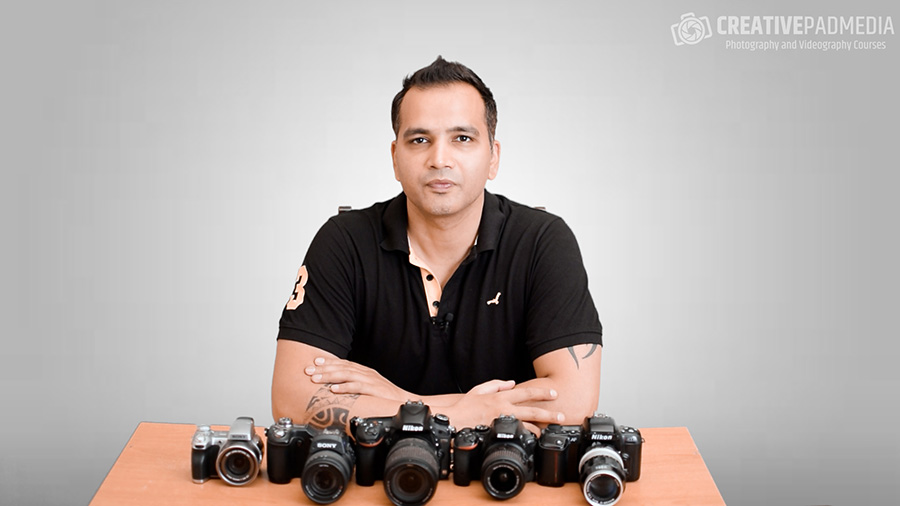
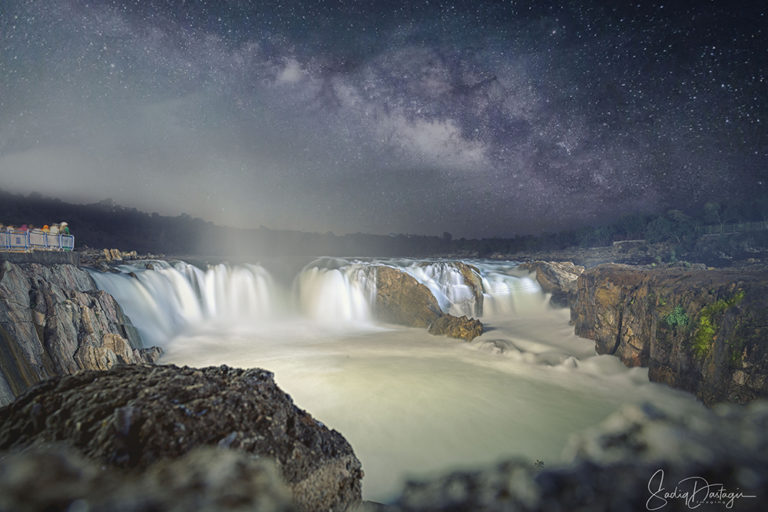


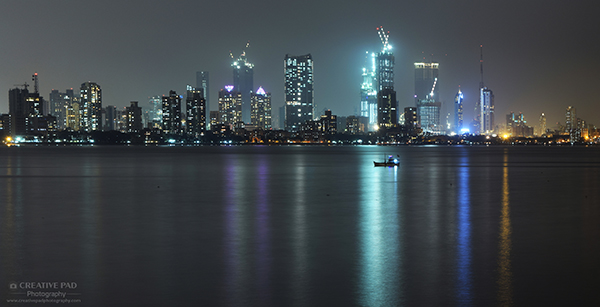
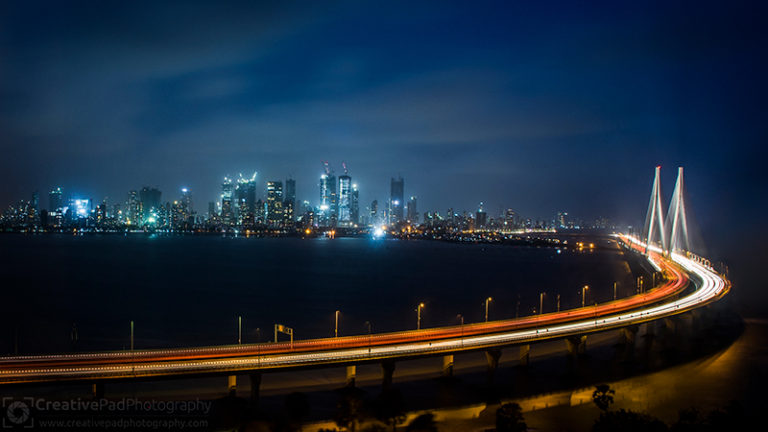
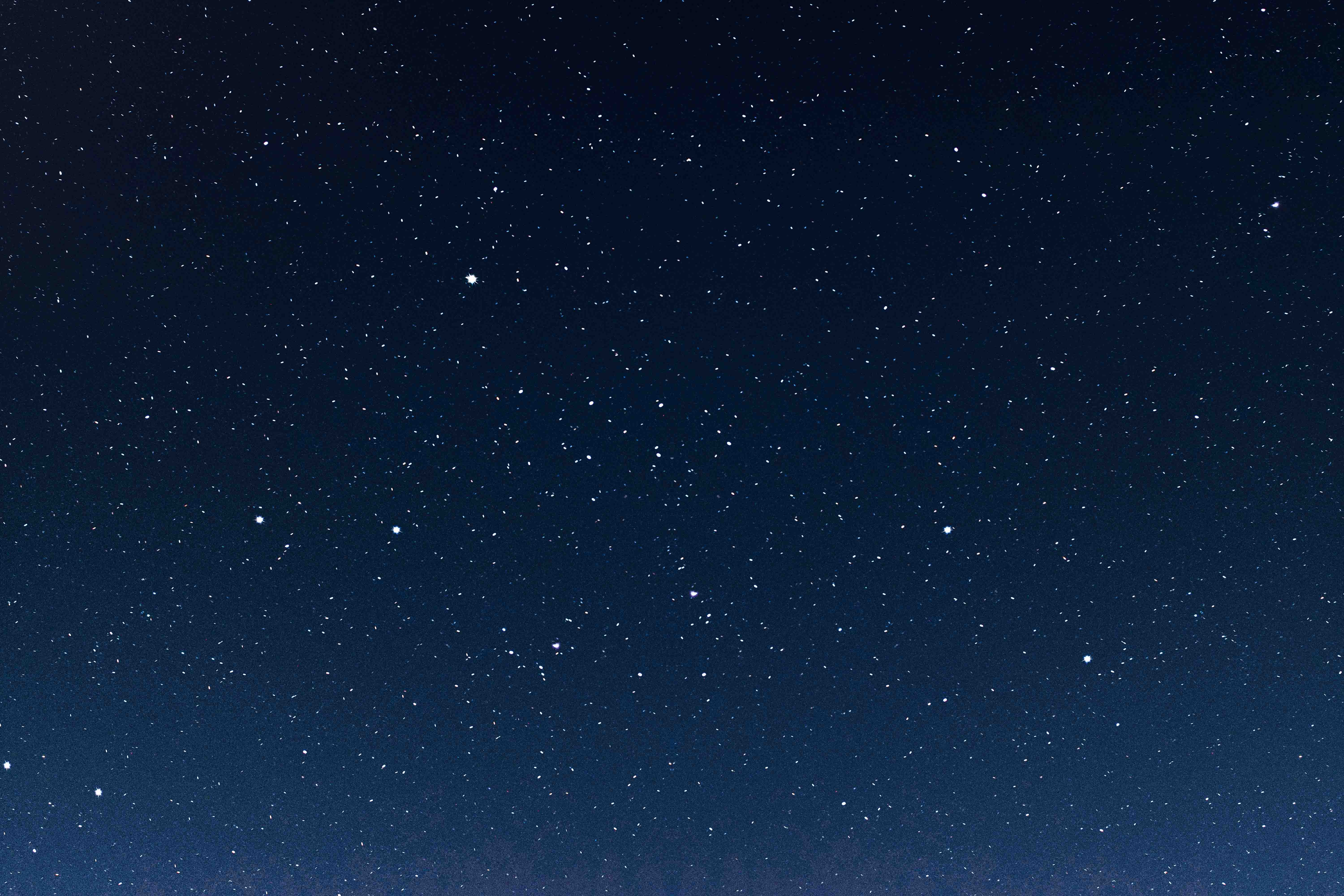
Very useful Kush…Thanks
You’re welcome 🙂
thank you kush
Thanks for the moon tutorial.
you’re welcome! 🙂
Awesome
Thank you!